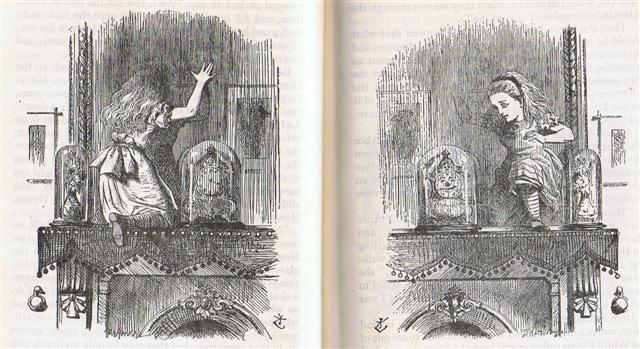August 1 is 182 days earlier than January 30 and in Ca11-31 inoino has a little rhomb added at the top:
Possibly this means 3 + 1 = 4 'earth quarters', 3 of them in the past together with a special shorter one still current (running). Al Baldaah 2 is day 259 in the manzil calendar. Each of the rhombs in the vertical triplet could therefore measure 4 * 20 = 80 nights. 3 * 80 = 240 and 259 - 240 = 19 could be the measure of the little top rhomb. Or we could guess there are not 20 but 14 nights for each side of the rhombs, because 3 * 56 = 168 (= 182 - 14). 395 - 182 = 213 and 259 - 182 = 77:
182 = 13 * 14 = 7 * 26 and the inoino sign (Ca11-31) could possibly refer to the times beginning in early August. 213 + 77 = 290. However, the key date could rather be Murzim 1 (80) than Alhena 11 (77). And then we have to look 3 days ahead to February 2:
In rongorongo times the Capricornus constellation had Armus (η) and Dorsum (θ) rising with the Sun on one side of its center (at 21h) and χ on the other. This fact could have motivated a picture of a kara etahi bird at 21h looking back. The outline of the constellation encourages the idea of a mirror at 21h. From Murzim 1 (80) to Al Baldah 7 (264) there are 184 days. February 4 is day 400 (= 264 + 136) counted from January 1 in the previous year. Thus there are 320 days from March 21 to 21h. We have already penetrated into line Ca12, but in order to reach day 324 from March 21 (to reach day 268 in the manzil calendar) we have to continue for 3 more days, to the Nose of the Lion (Al Minhar al Asad), the first star with a Greek letter in Leo:
The Nose of the Lion is a κ star at the beginning of the constellation, like κ Lyrae, which I guess means a mirror (horizontal) reversal (in time). Leo is a reversed constellation, looking back in time:
However, we have now definitely passed through the 'time barrier' at 21h (perhaps from the clock face to the sun face):
| ||||||||||||||||||||||||||||||||||||||||||||||||||||||||||||||||||||||||||||||||||||||||||||||||||||||||||||||||||||






